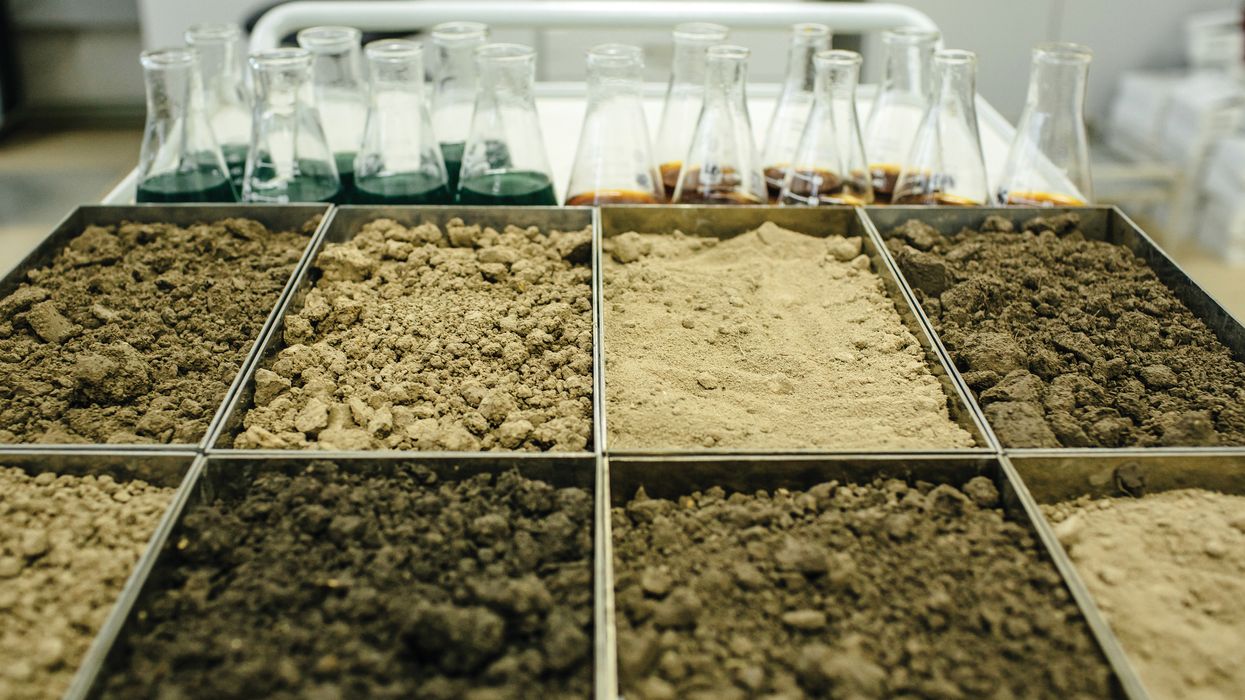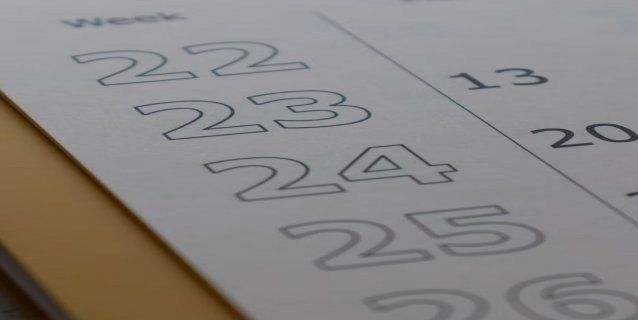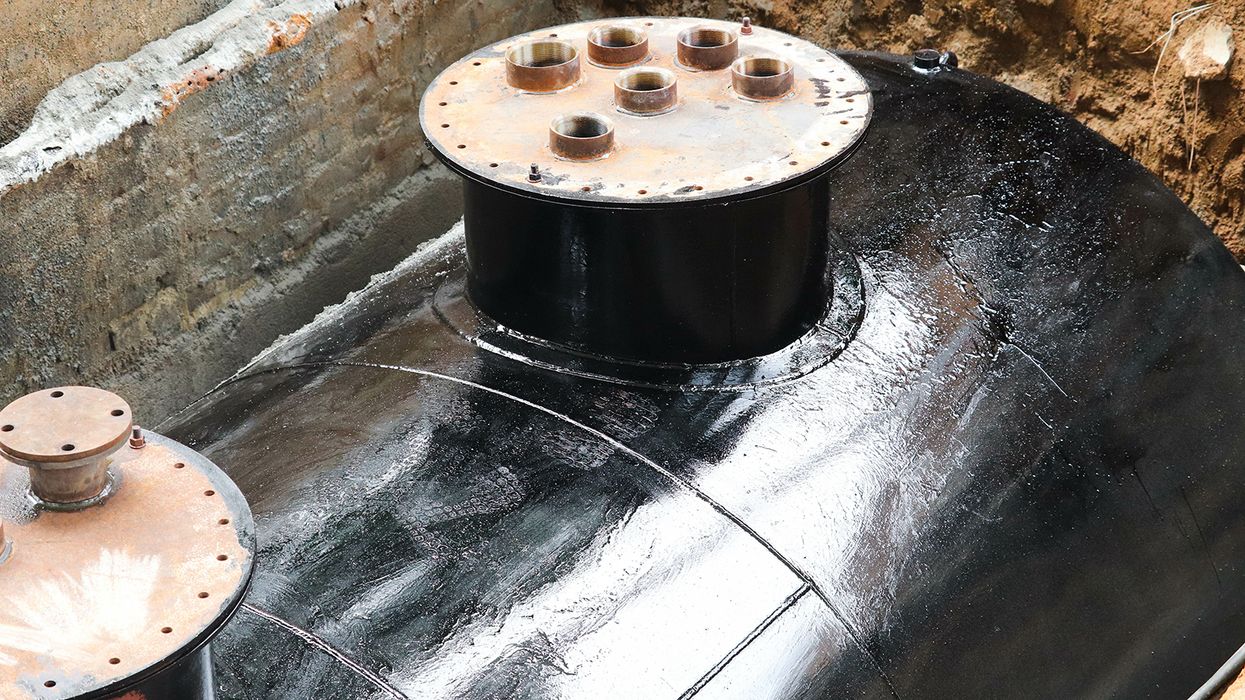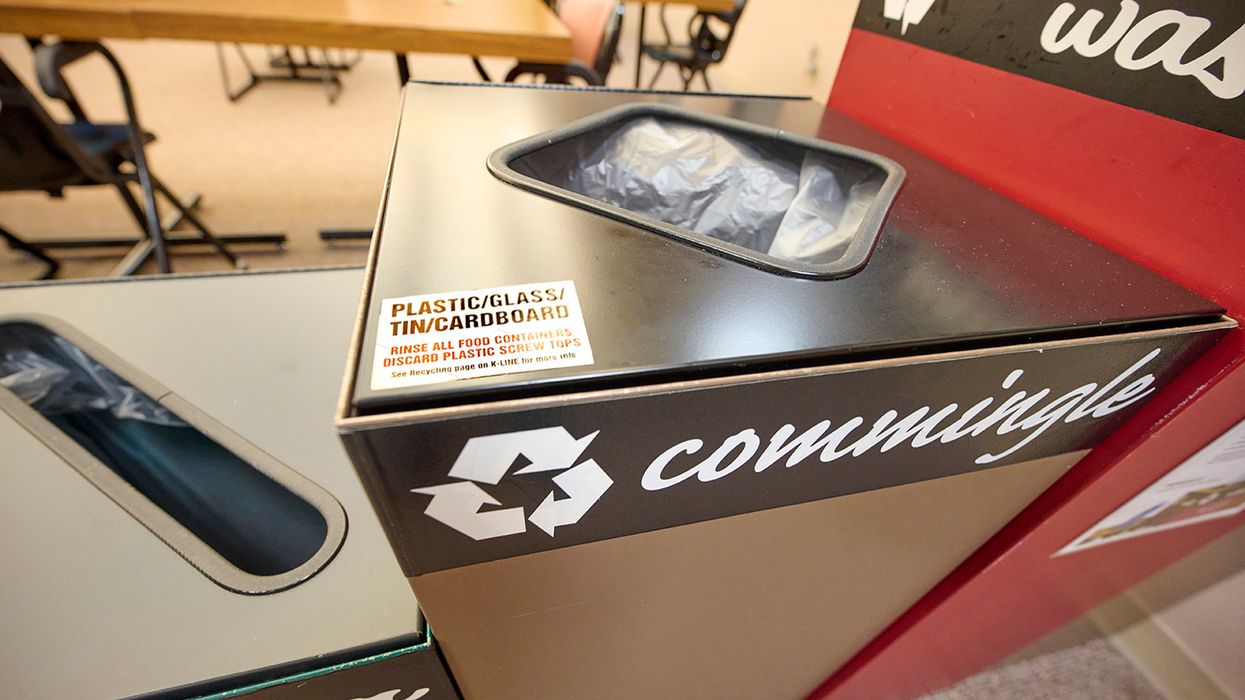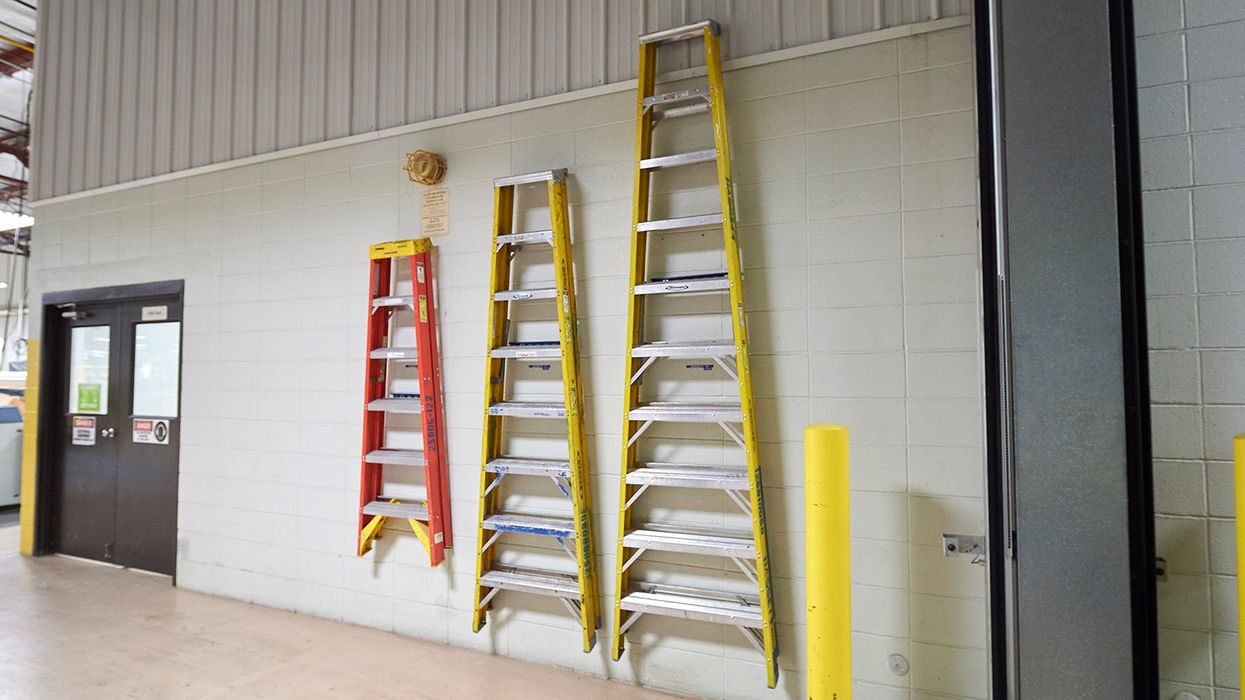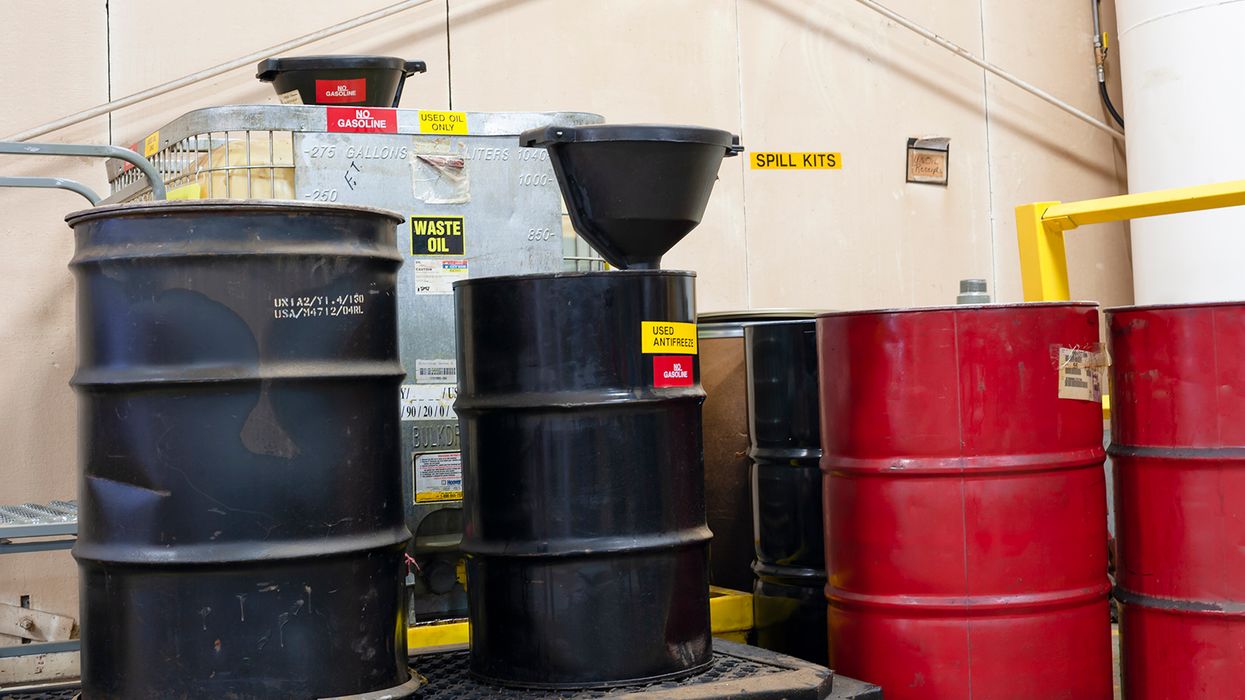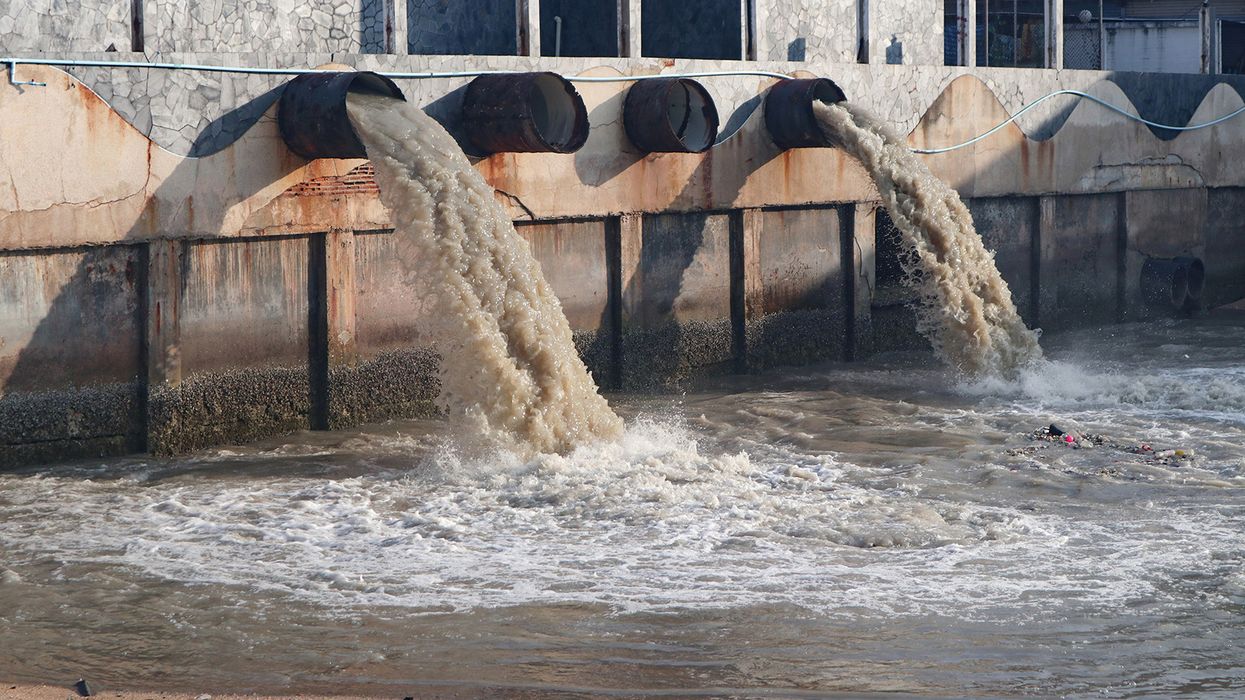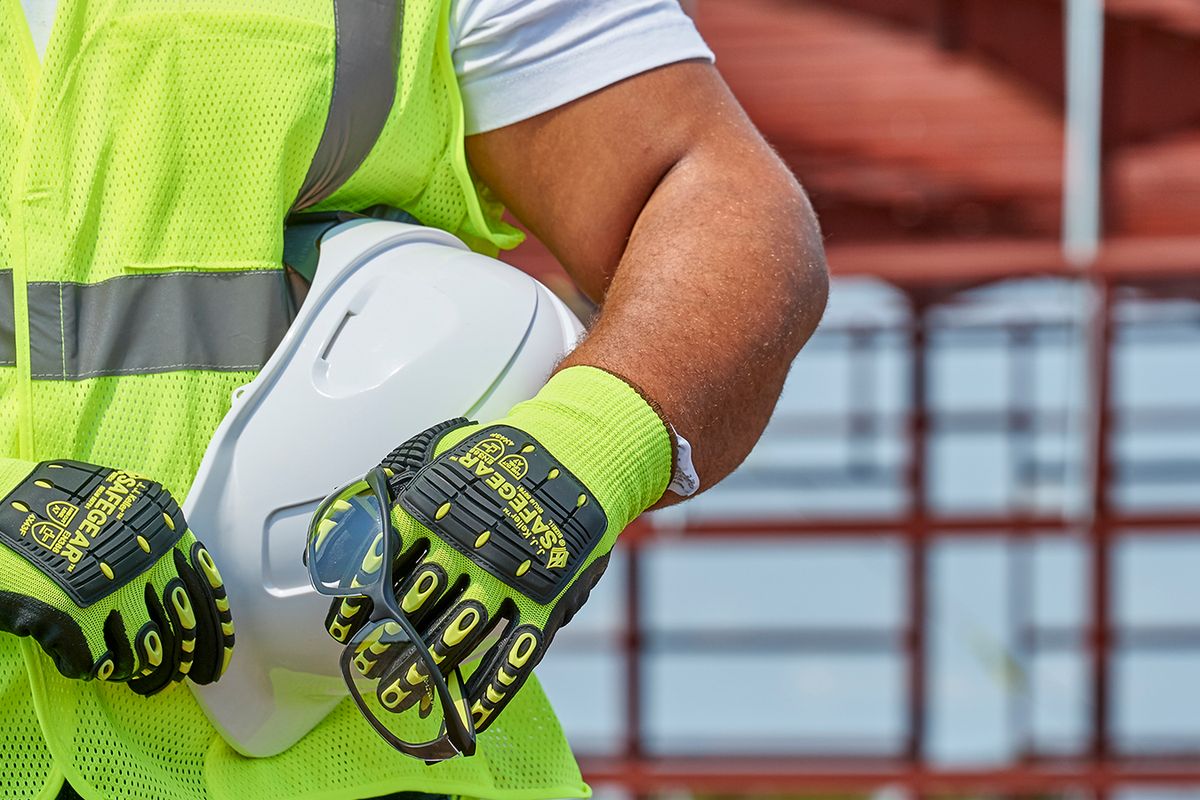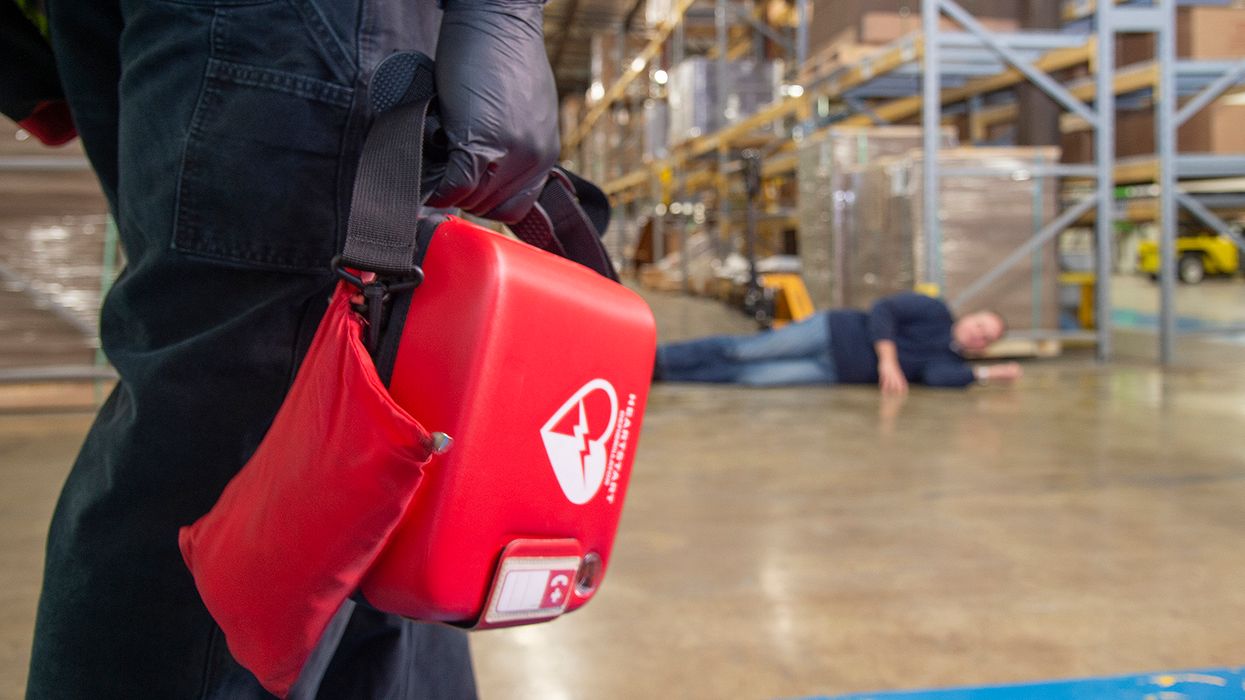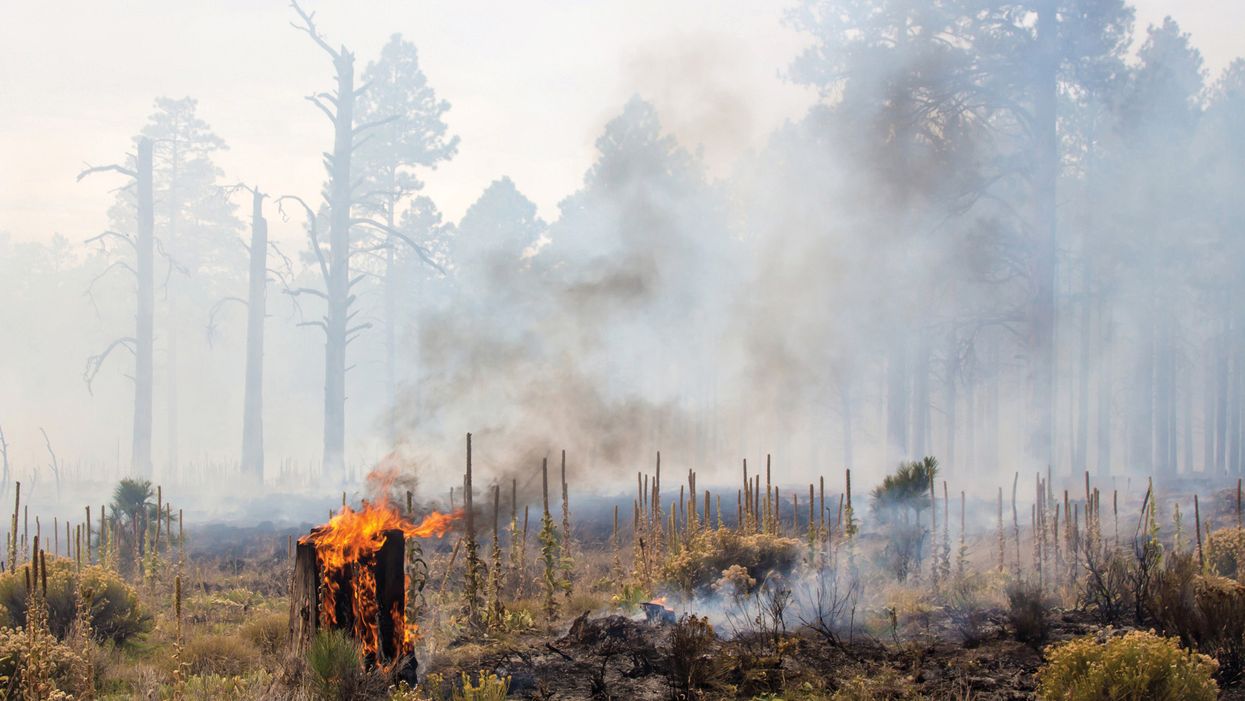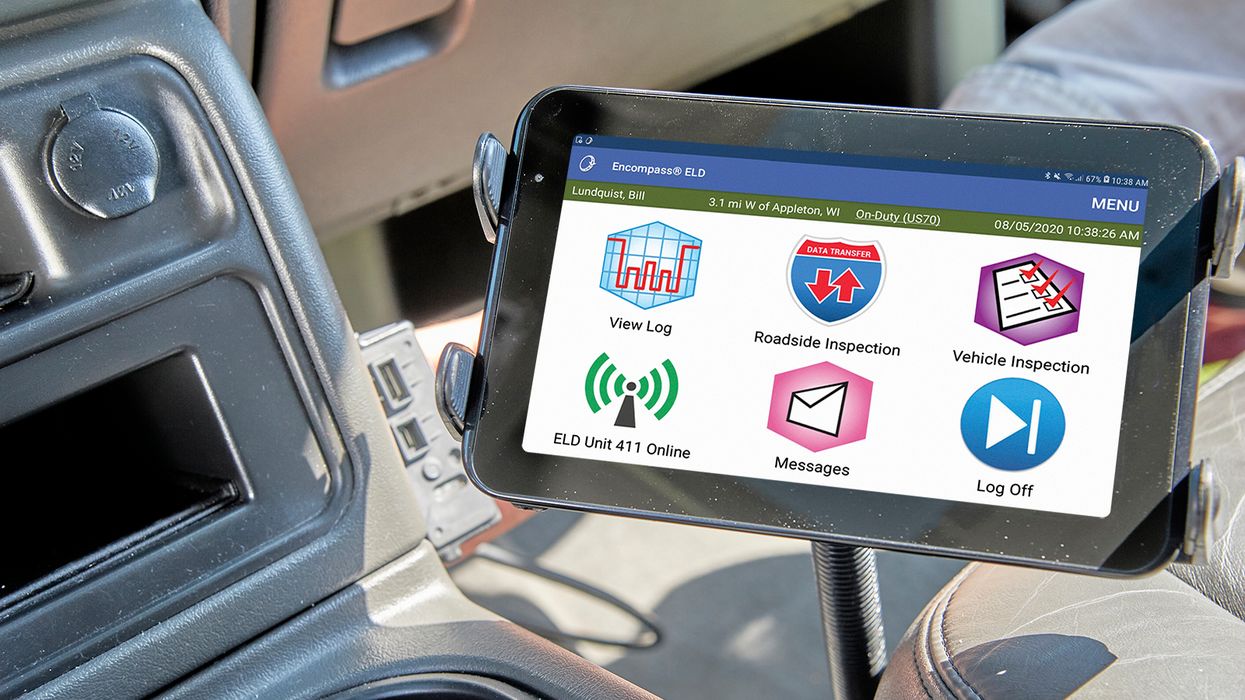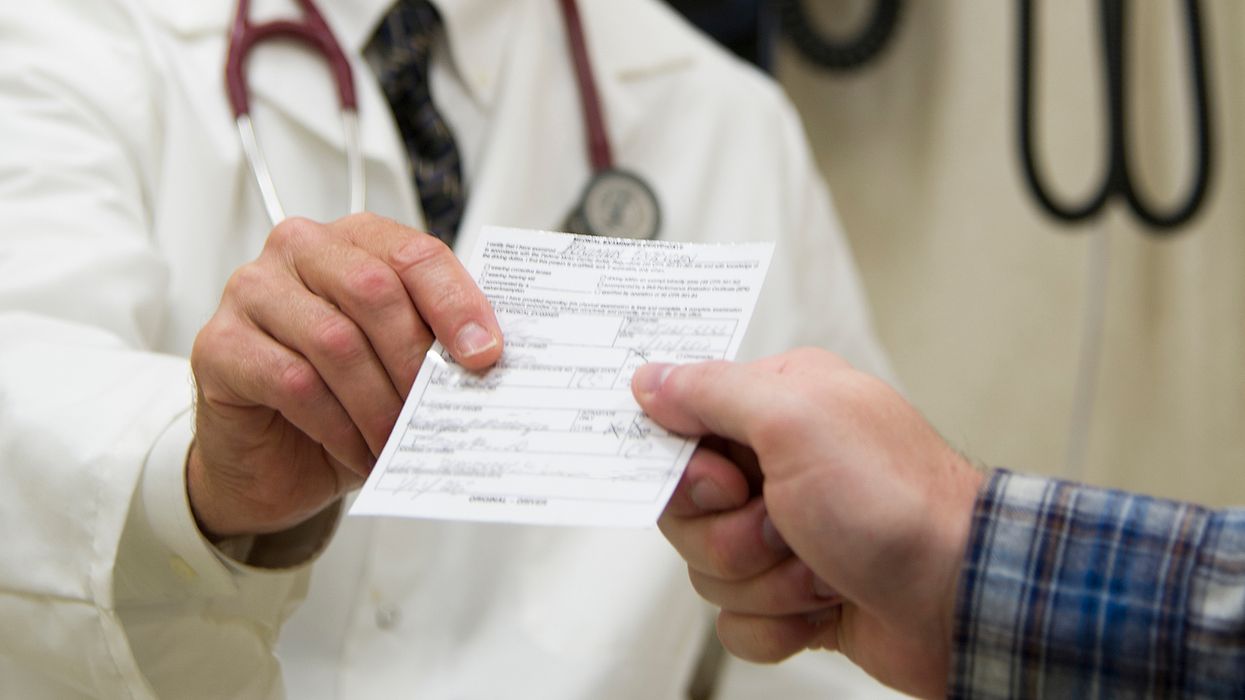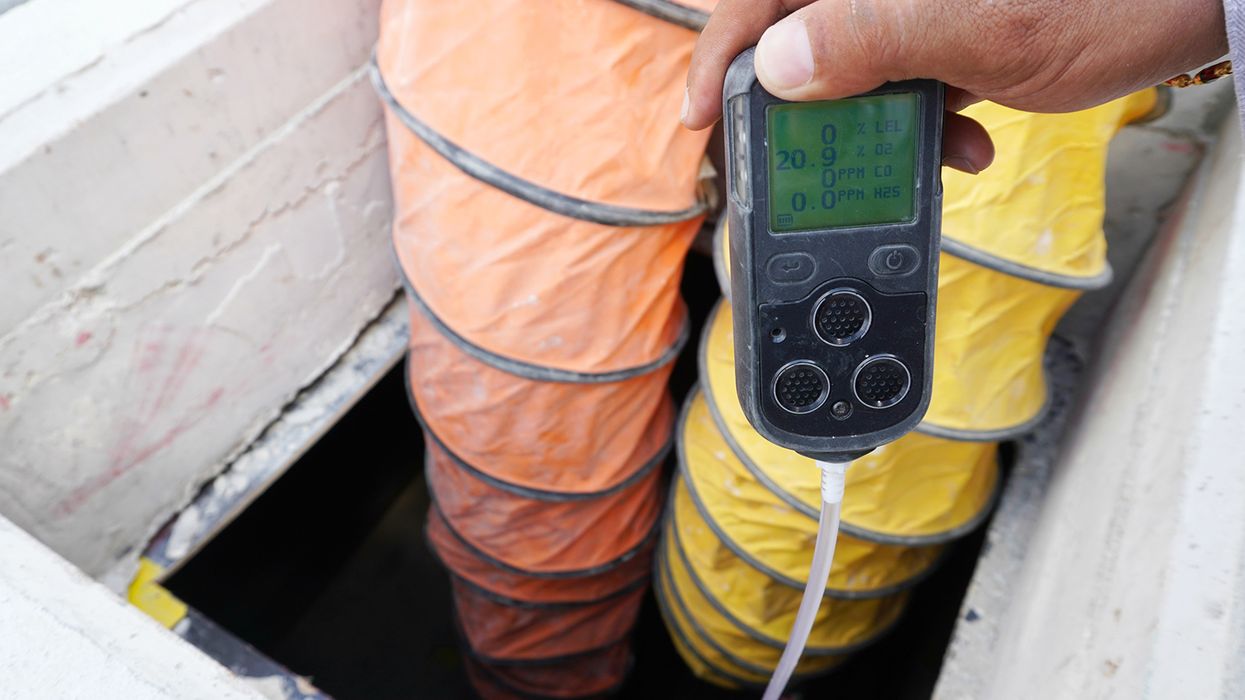EPA-validated method tests for PFAs in soils, other environmental media
In collaboration with the Department of Defense (DoD), EPA has published draft Method 1633, a new EPA-validated laboratory analytical method used to test for per- and polyfluoroalkyl substances (PFAS) in different environmental media. PFAS compounds are increasingly coming under regulatory scrutiny, and the new method seeks to advance PFAS monitoring in order to better protect human health and the environment.
While validated methods exist to test for PFAS in drinking water and non-potable water, draft Method 1633 complements these to provide the first single-laboratory validated method to test for 40 PFAS compounds in eight environmental media: Soil, wastewater, surface water, groundwater, biosolids, sediment, landfill leachate, and fish tissue.
The method provides a new level of consistency for PFAS testing in these areas, and it can be used for applications including National Pollutant Discharge Elimination System (NPDES) permitting. While EPA notes that the method is not required for Clean Water Act (CWA) compliance monitoring, it recommends it for use in individual permits.
“This new testing method advances the science and our understanding of PFAS in the environment, so we can better protect people from exposure,” EPA Administrator Michael S. Regan said. “This illustrates the progress we can make when working with federal partners in an all of government approach. I want to thank the Department of Defense for its leadership on this issue and for working with us to achieve this important milestone.”
EPA and DoD plan to continue their partnership and complete a multi-laboratory validation study of the new method next year.
Key to remember: While not yet required by national rules, expect PFAS testing (and the methods used to conduct it) to play a greater role in water permitting.

